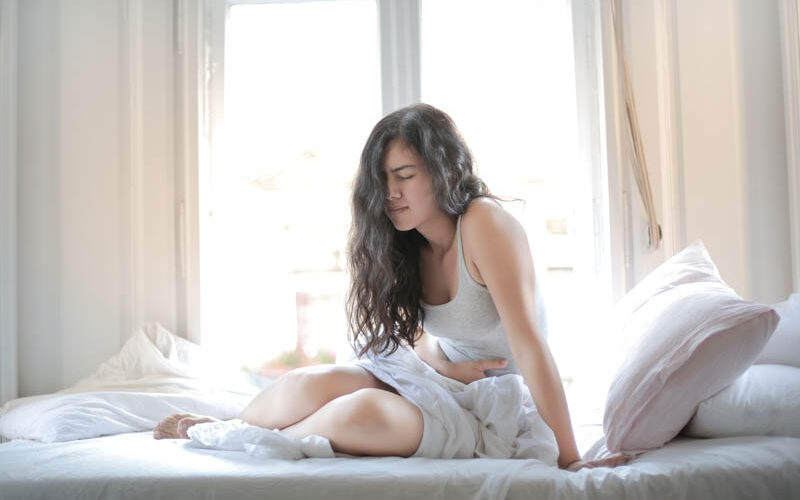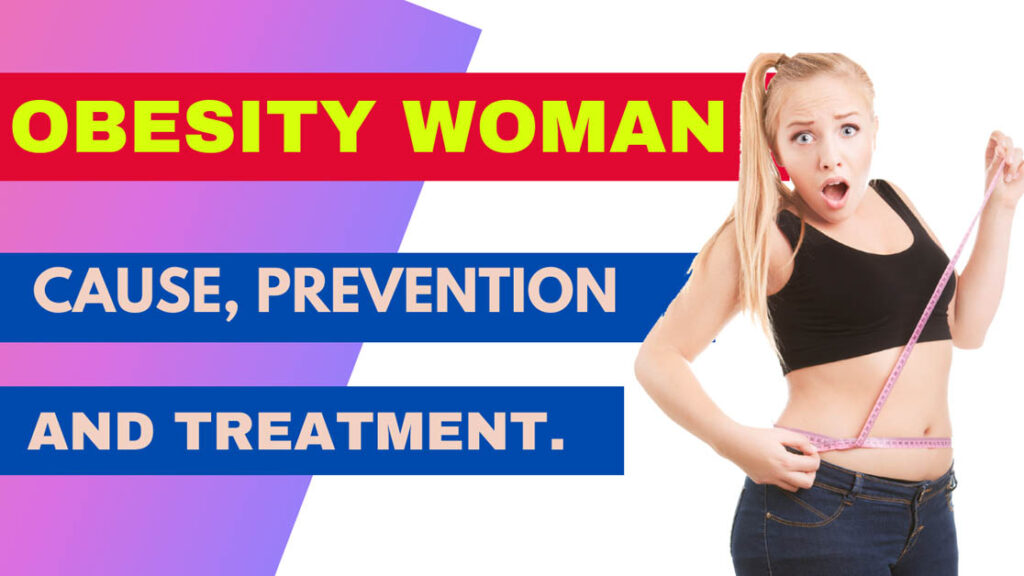Menstrual cramps or dysmenorrhea may not be normal, and this should pay full attention to. About 84% of women face severe menstrual cramps during their period. These can lead to other problems. But don’t worry, you can prevent menstrual cramps and lead a healthy menstrual life by following several steps.
YOU CAN PREVENT MENSTRUAL CRAMPS:
1.YOGA:
Practice yoga and meditation is the practice of a healthy lifestyle. Yoga includes deep breathing and stretching of muscle that helps enhance the circulation of blood all over the body and muscle. Lack of Oxygen in the uterine muscle can cause cramps. The practice of yoga improves blood circulation; thus, oxygen can reach the uterine muscle and release the cramps. And stretching of muscle helps to relieve muscle cramps.
Depression, mental stress are other vital reasons for menstrual cramps. Yoga can prevent menstrual cramps. Which helps to relieve stress from stressful life and depression.
Prevent menstrual cramps by yoga poses:

- Bhramari Pranayama or Honeybee Breathing.
- Balasana or Child’s Pose.
- Bhujangasana or Cobra Pose.
- Dhanurasana or Bow Pose.
- Matsyasana or Fish Pose.
2.DIET:
A proper and balanced diet helps to maintain good health. Proper diet helps in the intake of balanced vitamins and nutrition, which is essential for producing hormones. And balanced hormone levels lead to healthy menstruation.
Loss of blood and loss of iron in every menstrual cycle, so a healthy diet is essential for every woman, no doubt.
Diet you can follow to prevent dysmenorrhea:

- Increase the intake of fatty acids (fish, nuts)
- Decrease intake of saturated fats (meat, dairy products)
- Increase intake of fresh fruits and vegetables, proteins.
- Magnesium-rich foods- Pumpkin seed, Almonds, Spinach, Cashew
- Vitamin-E- peanut butter, Wheat germ oil.
- B-complex- Milk, cheese, egg.
- Essential fatty acids (omega-3)- found in nuts, seeds, fish.
- Vitamine C source- are broccoli, pineapple, kiwi, citrus fruit.
- Iron from red meat, seafood, spinach.
- Calcium-rich food. E.g., milk, cheese, fish, animal protein.
3.PHYSICAL ACTIVITY:
Aerobic exercise helps to prevent and control dysmenorrhea and other menstrual disorders. Physical activity helps to improve menstrual health by promoting neuromuscular relaxation and enhancing blood flow. Women who exercise show less severe dysmenorrhea than women who are sedentary. Daily exercise has a significant impact on psychological health.
Some exercise which helps to prevent menstrual cramp:

- Walking.
- Pelvic rocking exercises pelvic tilting.
- Bicycling.
- Swimming.
- Stretching exercises like- (Cat stretch, buttock, and hip stretch).
4.AVOID COLD AREA:
There are many reasons for the increase of menstrual cramps, mainly in the winter and cold areas. In winter, there is less physical activity; we tend to stay indoors more than outdoors. In winter, people hardly do any exercise, causing an increase in period pain. Dehydration in winter is common to drink less water. The following condition may cause pelvic congestion and can alter blood flow resulting in cramps.
Remedies can help you to relieve menstrual pain:

- Stay hydrated – remember to drink sufficient water per day, especially during periods it increases the blood flow and relieves the pain.
- Hot water fomentation.
- Physical activity – you can practice yoga which helps to reduce the pain.
- Cinnamon- Cinnamon is a common Herb popularly used to keep the body warm during winter. You can have cinnamon tea that will help you to reduce menstrual severity.
5.QUIT SMOKING HELPS TO PREVENT MENSTRUAL CRAMPS:
Smoking is a modifiable risk factor for dysmenorrhea. The person who smokes has a 1.6-fold higher risk of dysmenorrhea than non-smokers. And they may experience more severe painful menstruation.
Best tips to quit smoking:

- Nicotine replacement therapy.
- Avoid alcohol as a trigger.
- Mild physical activity.
- Eat fresh vegetables and fruit.
- Choose your reward for reducing smoking.
- Ues chewing gum to prevent tobacco craving.
CONCLUSION:
Dysmenorrhea, as a significant problem for girls, causes absence from school, college, and work. There are two types of painful periods one is primary, another one is secondary. Primary dysmenorrhea can be treated by simple analgesic and also preventable. In primary mild pain is considered okay. But in secondary dysmenorrhea, various factors can cause you a painful period, and if it progresses, it may go to an irreversible state. If you prevent the modifiable causative factor of secondary dysmenorrhea by changing your lifestyle, this is very beneficial for you.
Share your thought below!



Please write an article on how we can practically quit smoking?
Thanks….. I will catch this topic in the next one.
Great info,.. please keep it up..
Thank you.
Great initiative.. 🙏
Thank you.
Good Job brother.
Thank you, brother.
Your point of view caught my eye and was very interesting. Thanks. I have a question for you.
Thanks for sharing. I read many of your blog posts, cool, your blog is very good.